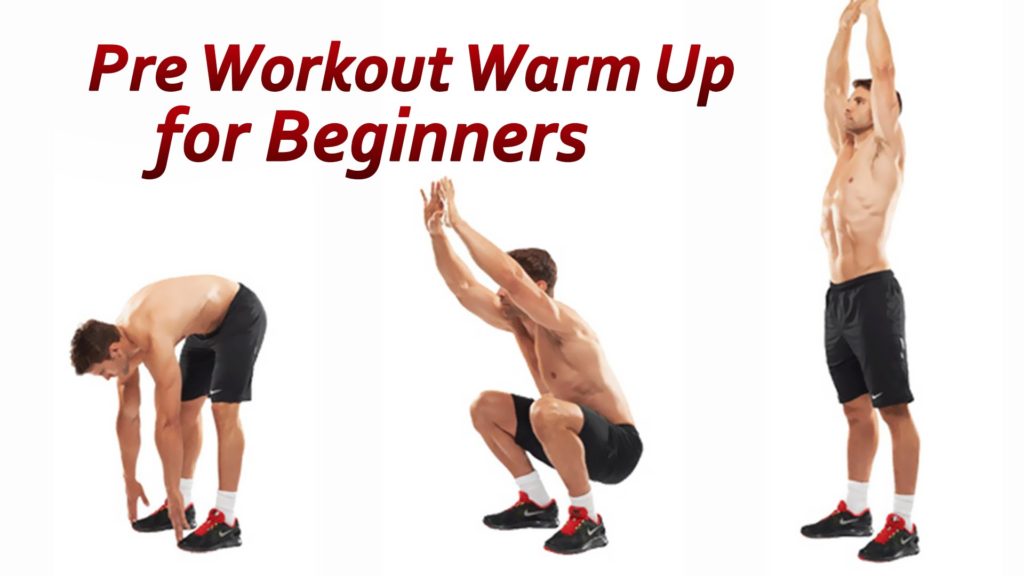
Many popular bodybuilding movements (think bench press, dumbbell squats) shape your major muscle groups but neglect small stabilizing muscles, which protect your body from imbalances related to the injury.
What is the solution? To begin, roll foam. If you spend five minutes in tight muscles before exercise can prevent adjustments causing said Aaron de Jong, founder of Vancouver-Bewegung108. From there, add this mixture of three exercises at least twice a week before hitting the shelf to strengthen these smaller muscles from all angles. (For dozens of fat loss routines that you can do at home, visit Salty Cat Workouts this new page, which offers the best video training in the world for free!).
Before Workout

Not getting ready for training is like driving without gas, says Platt, a volunteer with the American Heart Association. You will not have enough energy to maximize your workouts and limit your ability to burn calories.
Ideally, you spend two hours before training:
- Hydration with water
- Eat healthy carbohydrates such as whole grains (low-fat or non-fat milk), whole-wheat bread (without fat cream cheese), low-fat or fat-free yogurt, whole wheat pasta, brown rice, fruits and vegetables
- Avoid saturated fats and even a large amount of healthy protein, since these fuels are digested in the stomach more slowly and eliminate the oxygen and energy in which the blood is fed by the muscles. You can also take a effective pre-workout supplement.
If you only have between 5 and 10 minutes before exercise, you are eating a fruit, such as an apple or a banana.
“The key is to consume slightly digested carbohydrates so you do not feel lethargic,” says Platt.
During your Workout
If you are a professional athlete who trains for several hours or has a low to moderate routine, keep your body hydrated with frequent sips of water.
You do not have to eat during a workout of one hour or less. But for longer, intense and vigorous workouts, eat 50-100 calories of carbohydrates like raisins, energy bar or banana every half hour.
After your Workout
After training, it’s time to refuel with:
- Liquids: Drink water, of course. Mix your water with 100 percent juice like orange juice, which provides fluids, carbohydrates, and potassium.
- Carbohydrates: You burn a lot of carbohydrates, the main fuel for your muscles when you train. Within 20 to 60 minutes after training, your muscles can store carbohydrates and proteins as energy and support regeneration.
- Protein: Eat things with protein to repair and develop your muscles, including a full bagel, baked potatoes, peanut butter sandwiches, and more.
It is important to realize that these are general guidelines. We have different digestive systems and “it depends on a lot of the type of training you do,” says Platt.
Do what works best for you. Know that what you do in your body (nutrition) is just as important as what you do with your body (exercise). Both are essential for your engine to run at top speed.
What is not safe for Women?
There has not been much research on the safety of previous education, especially for women. So the question “Is it safe to drink?” It was really a concern. Now, more and more research is underway to prove it.
What is the result? Pre-schooling is safe!
This study confirmed that a pre-workout supplement that caffeine, beta-alanine, and nitrate caused no abnormal changes in hematologic markers or vital signs of peace in adult women.
Another study found similar results. A workout containing caffeine, nitrates and amino acids seems to be safe for chronic use in active men and women if they follow the dosing recommendations.
Related Post: Best Waist Cincher 2019
[ABTM id=258]